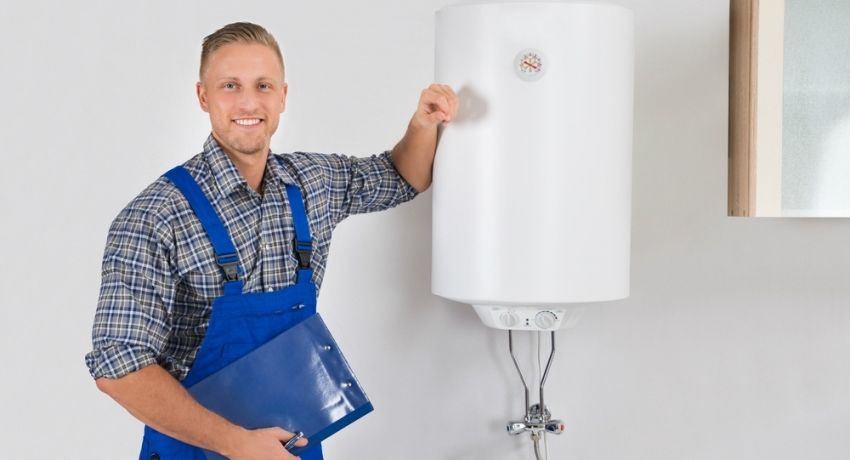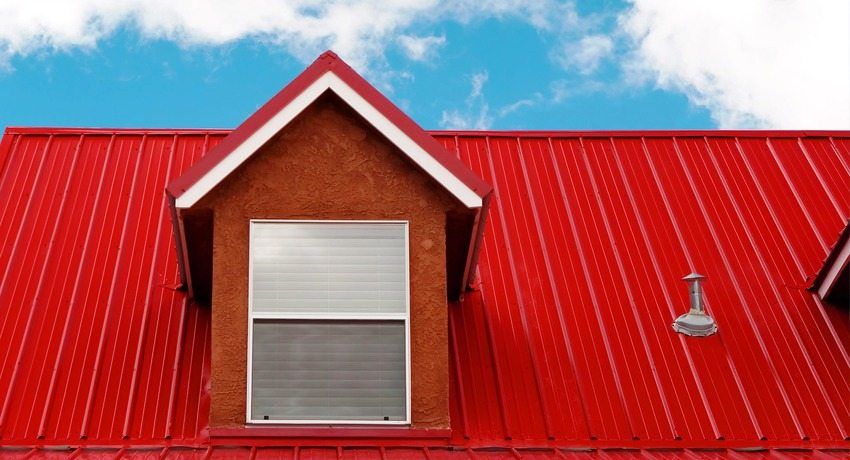As soon as after the dismantling of old window blocks plastic ones are installed, there is a problem of lack of oxygen, it becomes stuffy in the room, sometimes the effect of “weeping windows” occurs, and a mold and fungus appear in the bathroom. The problem of insufficient natural ventilation can be solved by constantly opening windows and air vents, which is rather inconvenient, especially in winter. Another solution is to install a forced ventilation system. The simplest and most accessible device is the inlet valve in the wall.
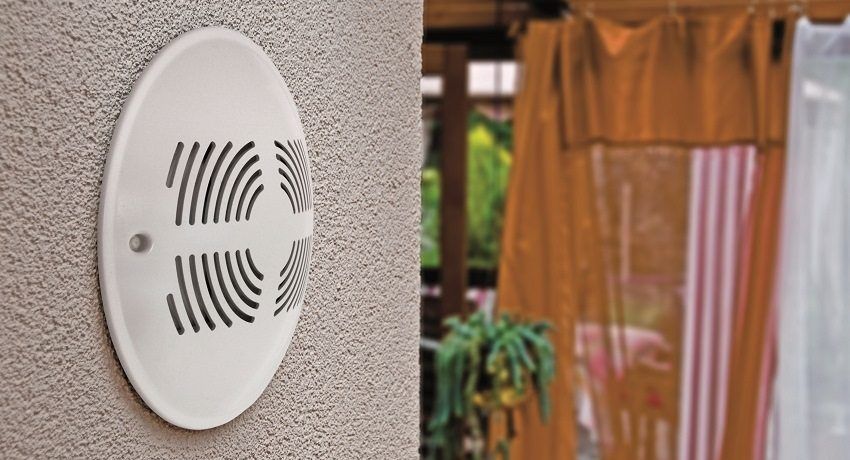
Supply valve in the wall. Valve device
Among the various ways of arranging forced ventilation systems there is an uncomplicated, but rather effective fixture – the device of a supply valve into the wall. Air ventilation valves manufactured by different manufacturers may have a different appearance, but their components and basic functions remain the same.
Wall inlet valve is completed with the following elements:
- pipe (plastic cylinder) – usually its length is slightly larger than the wall thickness, inside it is covered with noise insulating material;
- lattice – closes the entrance to the pipe, preventing the ingress of small objects, garbage and animals;
- sealing ring with flap – located on the inner side of the wall, serves to block the flow of air in strong winds;

- filter – purifies fresh air;
- unit with a decorative cover (plastic cap) – equipped with a supply valve and air flow control knob.
Such devices are easy to mount by hand, work without connecting to the mains. Installation is done at any time, regardless of repair work.
Helpful advice! When choosing a ventilation inlet valve in the wall, you need to choose a model with a suitable temperature mode of operation, the dimensions of the plastic cylinder and the valve cover.
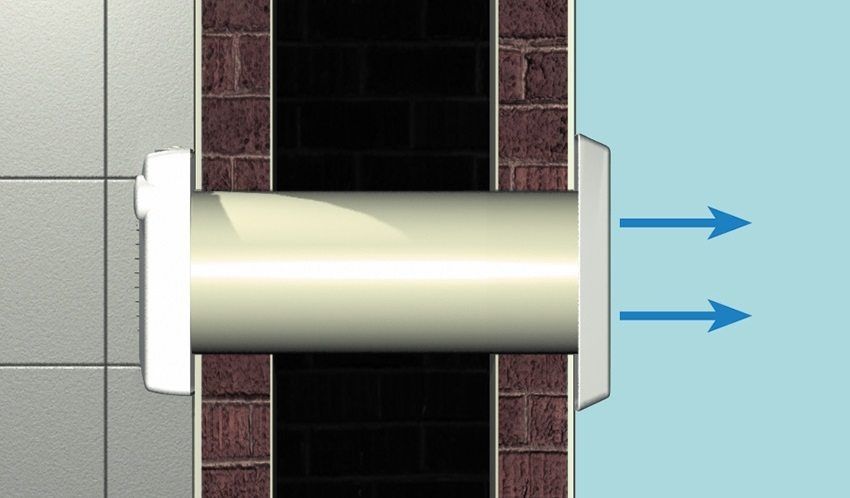
If you do not take into account the size of the pipe, it may be that its length is not enough to go through the entire thickness of the wall. And the dimensions of the plastic tip may not allow it to fit between the window sill and the heater for mounting the inlet valve in the wall with heating.
The main function of the inlet valve is to continuously ensure the flow of fresh air from the street, and the air entering through the valve will be already purified. In addition, the valve protects against noise, which is impossible with open windows: inside a plastic pipe there is a gasket made of sound insulating material. Air supply in a cold time will not help to reduce the temperature in the room, if you choose a place to install the inlet valve in the wall above the radiator.
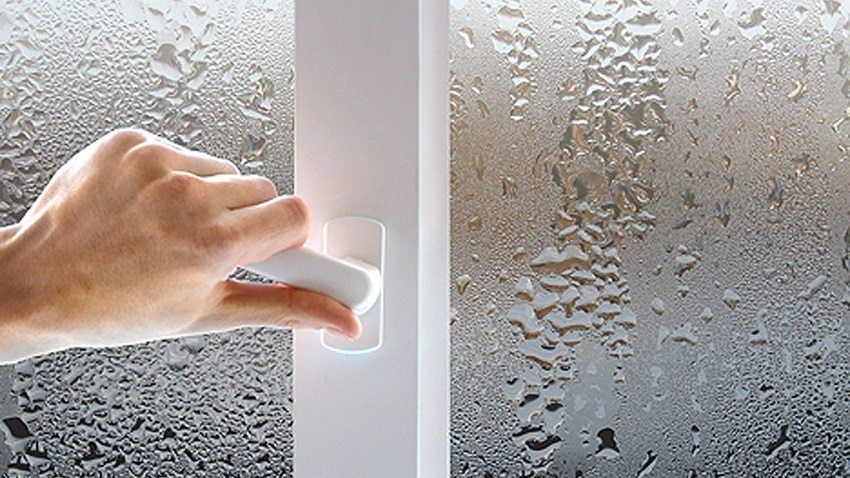
Wall inlet valve has several advantages compared with conventional ventilation and window valves:
- the cost of plastic windows does not increase;
- the light transmission of the window does not decrease;
- installed in any outer wall;
- does not pass street noise and dust;
- works at a sufficiently low temperature;
- installation time is not limited to repair work;
- operates autonomously;
- provides high-quality air exchange;
- due to good thermal insulation prevents condensation.
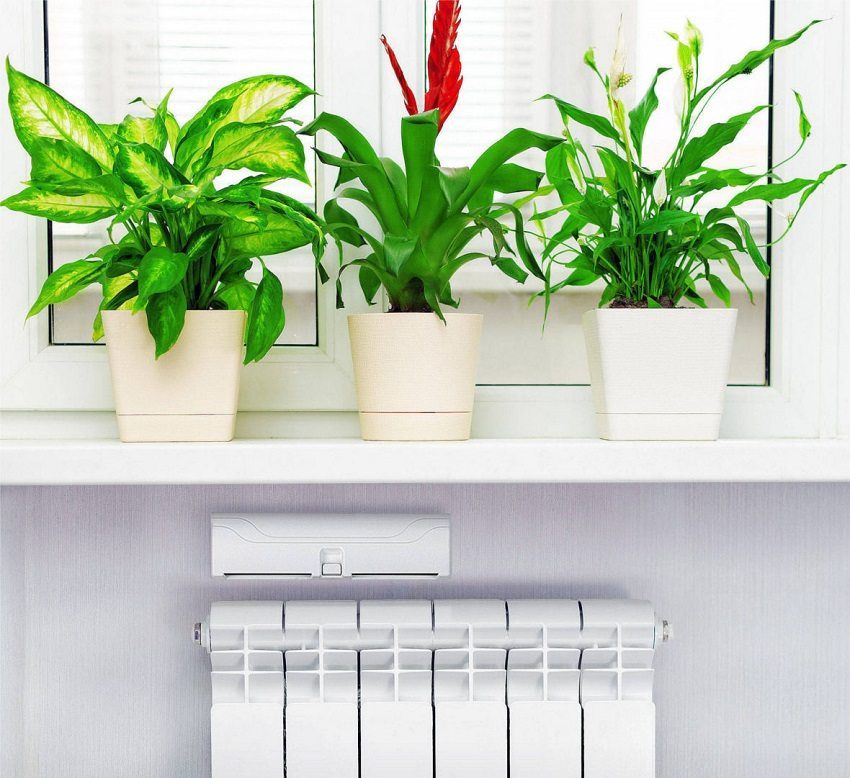
Installing the inlet valve in the wall does not require special skills, it is easy to install and simply adjustable. In apartments with insufficient heating in the cold season, using the damper, you can adjust the volume of the flow or install the device near the heating radiators.
The principle of operation of the inlet valve in the wall with heating is as follows: air from the street passes through the grille into a pipe, mounted in the wall and equipped with sound insulation. Then the air is cleaned using a coarse filter. Due to the shape of the valve, the degree of noise and the speed of the air flow directly into the room are reduced. The flow regulated by the damper is directed to the heating radiator and the already warm air spreads around the room. So, with the help of a wall valve, air exchange is ensured at any time of the year, even in extreme cold.
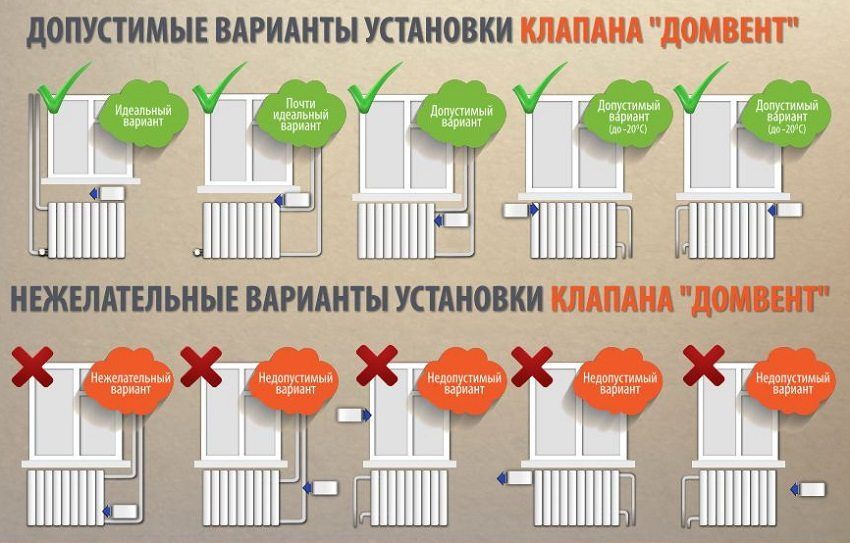
The area of use of supply valves is wide enough. They are used both in private cottages and apartments of multi-storey buildings, as well as in industrial and public buildings, pre-school institutions and hospitals. In kindergartens, where it is very important to ensure good ventilation without creating drafts, it is especially important to use intake valves.
Bathroom silent fan with non-return valve – device, choice, installation features. ATFan IDs for exhaust, device, choice of fan for the bathroom, installation features.
Another equally important application of inlet valves is their use to create the necessary microclimate in livestock and poultry farms. Installing inlet valves in the wall for the poultry industry plays a huge role in the climate control of such facilities. Valve models are selected according to the requirements of the room and are located remotely from each other.

Given that hermetic plastic windows are increasingly being installed in homes, natural ventilation functions, especially in “Khrushchev-style” windows, are noticeably reduced. Airing with the help of open windows leads to a significant decrease in temperature and the penetration of noise and dust from the street into the apartment.
The lack of proper ventilation can be compensated by installing fresh air ventilation. In this sense, installing a wall inlet ventilation valve is an effective and affordable procedure. The design of such a device allows you to adjust the flow of air and heat it with a centralized heating system. In order to provide the necessary air exchange, it is recommended to install a valve in each room.
Unlike the inlet valve, the exhaust valve in the wall provides for the presence of ventilation channels in the room. Usually such ventilation shafts are located in the walls of technical premises (kitchen, bathroom, bath). If you install an exhaust valve in these rooms, it will be enough for air circulation throughout the apartment or house. It is only necessary to connect the valve device with the ventilation channel and fix the grid.

The modern market offers different types of inlet ventilation valves in the wall, providing additional supply of fresh air.
The design of the valve device is simple, so different models do not have significant differences. Usually, the length and material of the pipe can vary. All valves are necessarily equipped with adjustable air flow, providing up to 40 m? inflow per hour, which is enough to provide oxygen.

Manufacturers provide valves with a number of additional functions, including instrument control. The possibility of regulation allows you to choose the optimal amount of incoming air under different conditions of the room. For example, if washed laundry is dried in an apartment or food is prepared on a gas stove, the room needs more fresh air.
The control system can be automatic or mechanical. In the first case, depending on the temperature, pressure and humidity of the air, the automation itself sets the desired mode, in the second it is done manually. Different models of inlet valves can be of different diameters and provide a different volume of inflow. You can purchase a supply valve by spending from $ 30 to $ 100, and, the higher the cost, the greater the likelihood of automatic control being in it.
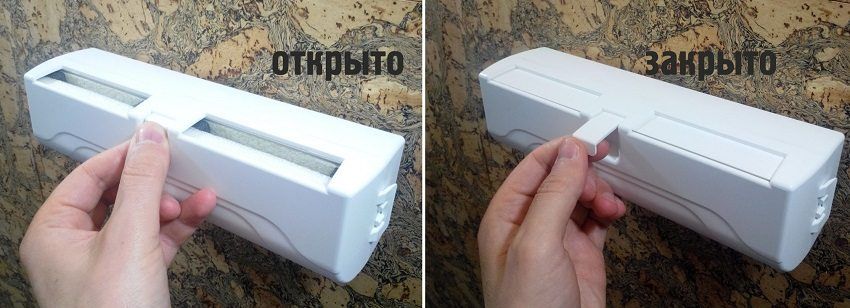
If you intend to purchase one or another model, read the reviews and the complete set of the inlet valve in the wall (you can find reviews on the operation of the device on the Internet).
Before installing the valve, check the draft of natural ventilation in the apartment. To ensure the effective operation of mechanical ventilation, it is necessary that the doors in the rooms have a small gap (up to 3 cm) between the floor and the canvas. If the doors are installed without a proper clearance, it is possible to embed an aesthetic appearance ventilation grid in the lower part of the canvas.

The place for the ventilation valve is recommended to choose under the window sill. In this case, the air entering through the valve will immediately warm up due to the central heating battery and already warm to disperse around the room. But you can arrange the valve in any other place of the outer wall, since the appearance of the device has a rather aesthetic appearance.
A through hole with a diameter of 40 mm is arranged in the wall. A pipe is installed in this hole and is covered with a grill on the outside of the wall. It is recommended to make a small incline of the pipe to the outside in order to avoid moisture ingress into the device. Insulation is laid in the gaps between the wall and the pipe. Each set of the inlet valve is accompanied by instructions and a circuit for its assembly. After the valve is assembled, a plastic cap with an adjustment knob is installed. Valve ready to go!
Helpful advice! If you are going to mount the inlet valve into the wall, carefully check the installation site for hidden electrical wiring.
It is recommended to install the ventilation valve for the apartments of the upper floors on a loggia or a balcony.
To install the inlet valve in the wall with your own hands, you will need the following tools:
- powerful puncher, drill rod with a crown – for drilling through holes in the bearing wall. The diameter of the crown is selected according to the hole;
- yardstick;
- construction level;
- curly screwdriver, construction knife.
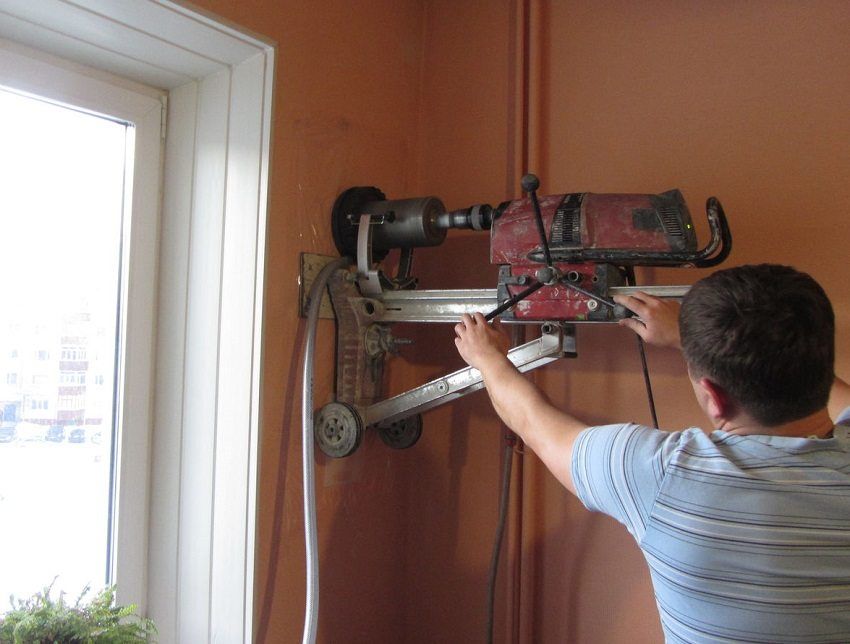
Before you start drilling a hole, you need to make a markup. The hole is drilled with a slight bias to the outside. When the hole is ready, a valve pipe is inserted into it. A prerequisite is wrapping the pipe with insulation. The pipe is installed from the outside flush with the wall, and from the side of the room – with a small ledge (about 1 cm). All remaining gaps between the pipe and the wall are filled with foam.
Helpful advice! If the outer wall, where the installation of the ventilation valve is planned, goes towards the roadway or industrial area, installation on it is not recommended.

After installing the pipe from the outside, it is closed by a protective grille with louvers so as to prevent precipitation from entering it. Next, insert the rings of filters available in the valve kit, overlay the case and fix the device cover to the wall with dowels and self-tapping screws.
With proper valve installation, the air flow is adjusted by opening or turning the flap. During operation, it is necessary to change or clean the filters at intervals twice a year.
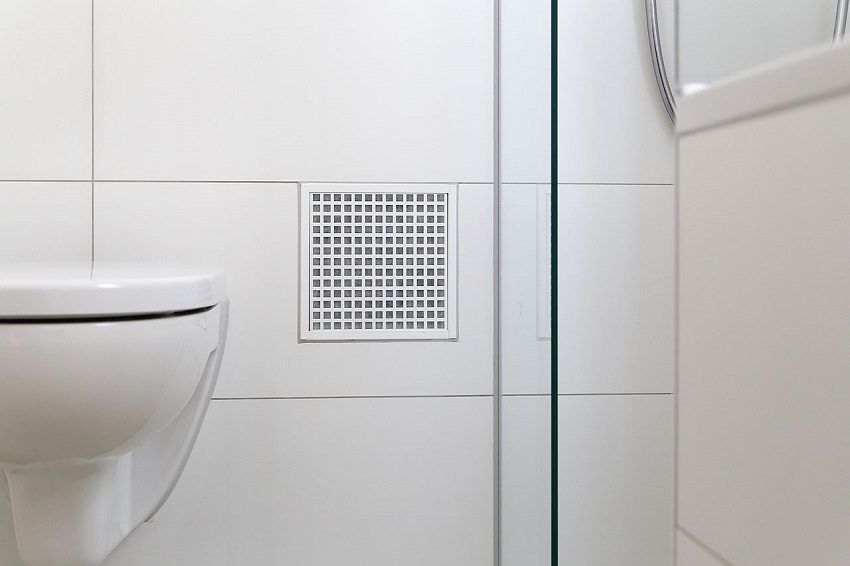
If desired, it is possible to install a homemade inlet valve in the wall, which is similarly mounted and can be equipped with an additional fan for more efficient air exchange. Examples of assembly of self-made valve designs can be found on the Internet.
So, with the help of an inexpensive and efficient device, it provides high-quality air exchange, eliminating street noise and dust.
